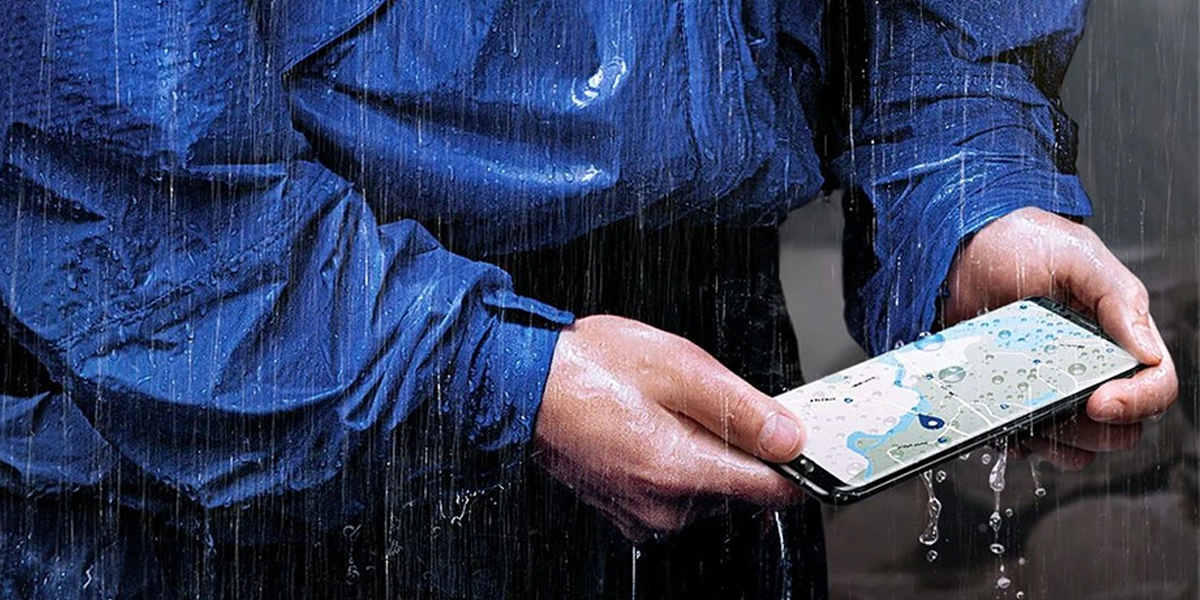With all the technological advancements and feature rich functionalities, the question that pops up is why are our phones still not waterproof yet? Yes, there have been some advancement with water-resistant devices but they are still far from being “waterproof.” The phone manufacturing companies, however, might want you to believe otherwise by constantly positioning water-resistant as some sort of safeguard. In reality, water-resistant is not waterproof.
There have been multiple instances when the wrong messaging by phone manufacturing companies has caused them hefty fines as well. Earlier this year, Australian Federal Court imposed a $14 million on Samsung Australia for false representations of Galaxy Phones in their advertisements as water resistance. The company, at last, had to accept that submerging these devices in water, in a bucket of water or a pool or in a sea, will have every chance of corroding the device’s charging ports and eventually damaging the phone to the extent that it will stop working.
In a similar case, a couple of years ago, Apple was also slapped with €10 million (around A$15.3 million) penalty for deceptive claims in their advertisements regarding iPhone being “water resistance” in Italy.
Interestingly, even after claiming to be water-resistant, none of the manufacturing companies, be it Apple or Samsung, is likely to take in your phone for repairs if there are any water damages. This is even for cases when your devices are well under warranty period.
So, why do we still not have waterproof phones in 2022?

For an electronic device, a phone or any other electronic that you may use in everyday life, to be completely waterproof, several components have to come into play. First and foremost, the device design has to provide a physical barrier to protect all entry points from where water may seem into the internal circuit. There are multiple entry points in phones such as buttons, switches, microphone or speaker outlets, the camera lens, flash points, phone enclosure, screen, SIM card tray and USB port. These entry points need to be covered for not only water but dust and heat as well.
These entry points are covered and sealed using different types of materials before applying an ultra-thin polymer nanocoating on the phone circuit that would assist in repelling water. This is what provides a basic degree of protection against water splashes or spills, a technology that is called water-resistant. However, the coating will fade off with time and doesn’t provide lifelong protection. Apple has already admitted that features such as water-resistant and dust-resistant deteriorate with time and are not permanent features.
Our smartphones are practically running our entire lives. They order food for us, shop for us, pay our bills for us, teach us new things, communicate with the world for us, maintain our social status and most important of all, entertain us when needed. After invading our lives to the extent that now it seems almost impossible to live without them, it is quite surprising to see that these smartphones don’t come with basic security features. Our smartphones are still not waterproof and we are approaching 2023 already. The only way you can fully protect your phone in water is to either ensure you never keep it close to water or use those hideous plastic pouches to protect them. We can only hope that a third and more convenient solution arrives soon.
